Elyce Arons Hopes You Remember Her Best Friend Kate Spade—and the Brand They Built—As She Does
The 'We Might Just Make It After All' author reflects on the handbag empire's humble origins and her late business partner.
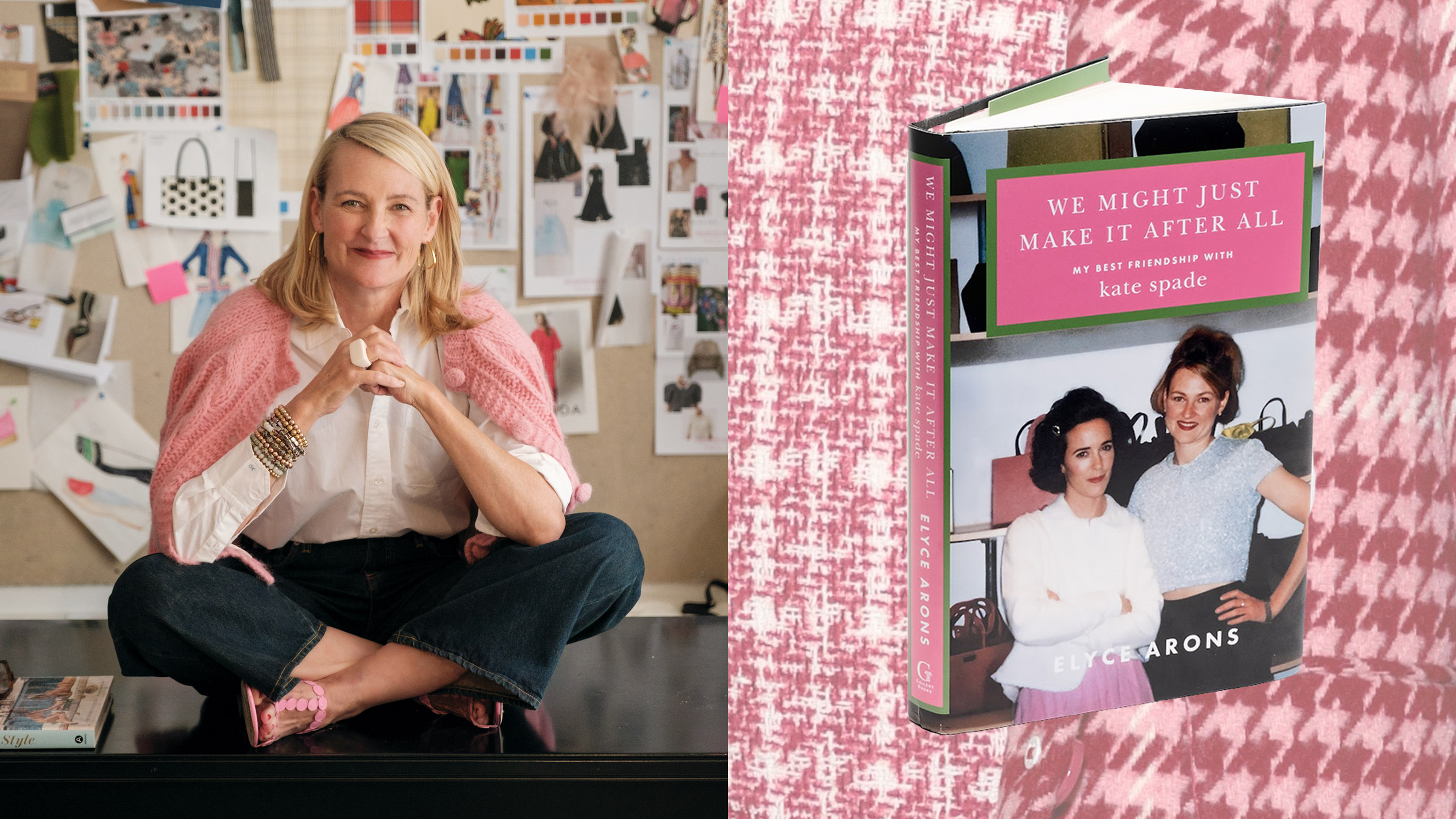

To the world, Kate Spade was the creative brawn behind a handbag empire. But to Elyce Arons, she was Katy, her best friend, fellow Midwesterner, and fierce, funny partner in crime, figuring out how to build and run a multi-million-dollar business in real time.
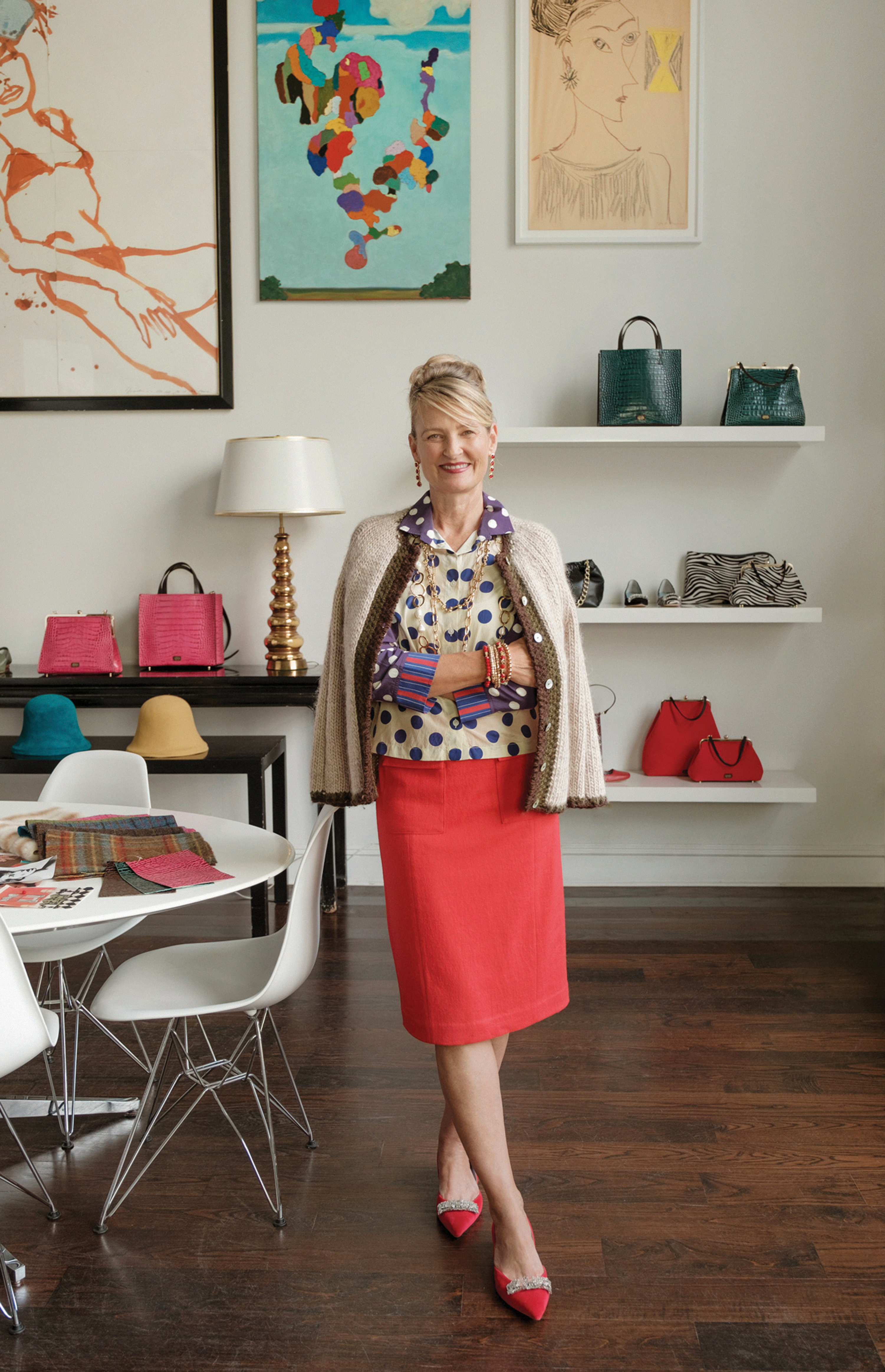
We Might Just Make It After All marks Elyce Arons's first book.
Arons preserves her memory of the late designer in her new memoir, We Just Might Make It After All: My Best Friendship with Kate Spade. The book, which hit shelves on June 17, offers more insight into who Spade was, with dozens of heartfelt anecdotes about her and Arons's friendship (Kate’s letter to Elyce before a big move will absolutely ruin you!). It also details their meteoric rise and how they cofounded one of the most successful handbag brands of the ‘90s out of an apartment—providing a snapshot into a bygone era of the fashion industry.
Arons, 62, writes about their time as a pair of broke University of Kansas college students and later, ambitious Arizona State University graduates, as well as lowly temps at Mademoiselle magazine upon moving to the Big Apple. Eventually, despite having little to no business experience or capital, they leveraged Spade’s editorial eye after working her way up at Mademoiselle to senior accessories editor, her husband Andy Spade’s advertising income, and Arons’s post-grad marketing experience into a fledging handbag company, operated out of the Spades’s apartment, in 1993.
While there were growing pains along the way (Arons writes of darker times for the brand under a president she felt didn’t fully understand the company’s identity), the trio, together with co-founder Pamela Bell, found the kind of success and brand recognition that many fashion hopefuls can only dream of. In 2006, they sold their shares of their lifestyle business for a reported $59 million, and they went on to launch other ventures, like Frances Valentine, where Arons remains the CEO and Spade worked until she died in 2018. (Now, Kate Spade is owned by Coach’s parent company, Tapestry.)
With We Might Just Make It After All out now, Marie Clarie spoke to Arons about what life was like for her and Spade as women navigating the world of business in the early ‘90s, if she thinks it’s still possible to achieve what they did today, and what she wants the world to remember most about her best friend.
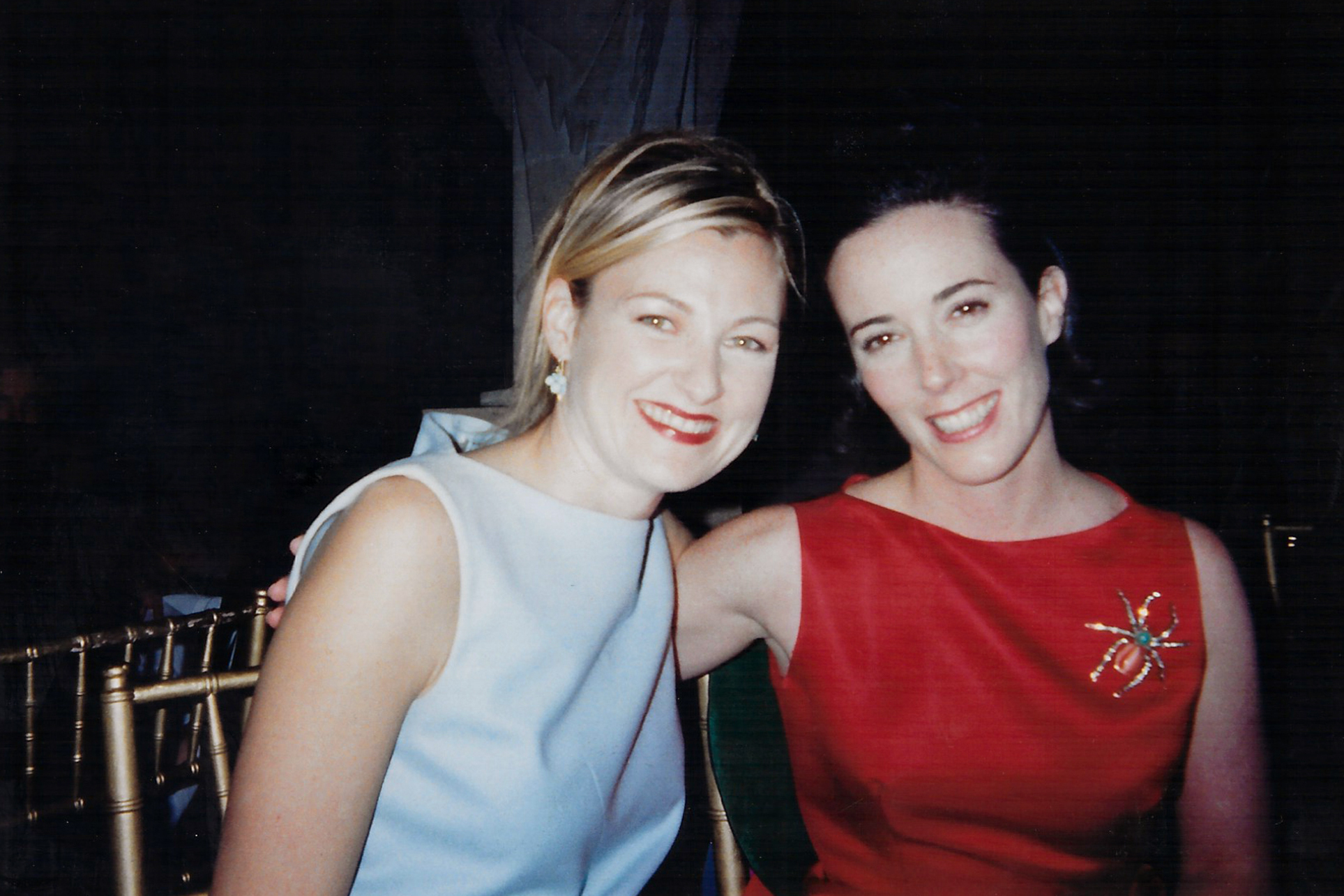
"She had a very interesting life full of happiness and joy, and gave so much joy to others," Arons says of her late friend.
Marie Claire: Do you think if you were to start the company today, it would be possible to accomplish what Kate Spade accomplished?
Elyce Arons: Starting a handbag company today is very different. It was a breakthrough concept [at the time]. Nobody was really focused on accessories—nobody. The shape of the bags, the material of the bags, everything was just so unique and different. And I think one has to have a very differentiated product to [stand out]. Nobody else was doing what we were doing. It was unique, it was special, it was such a great value proposition. And it was exactly what young women needed at the time. Now, everybody’s got a handbag company.
Get exclusive access to fashion and beauty trends, hot-off-the-press celebrity news, and more.
MC: You talk a lot in the book about how you and Katy bonded over your humble family backgrounds. What is your advice for someone who has dreams of working in the fashion industry but lacks the funds to do so?
EA: Andy funded the business for the first six months or so, and then we all started paying bills. I was like, Ugh, how am I gonna do that? Because [I was] still paying my rent, utilities, student loans, but luckily, I had about eight years of work under my belt. I had signed up for my 401K at my job, so I had some money saved. I had no debt when I came into it, and a really good credit rating.
I would say work for somebody else, learn everything you can, get as many hours in as possible, and save your money. And then when you start the business, spend as little of your own as possible. Bring on investors, get a financial partner.
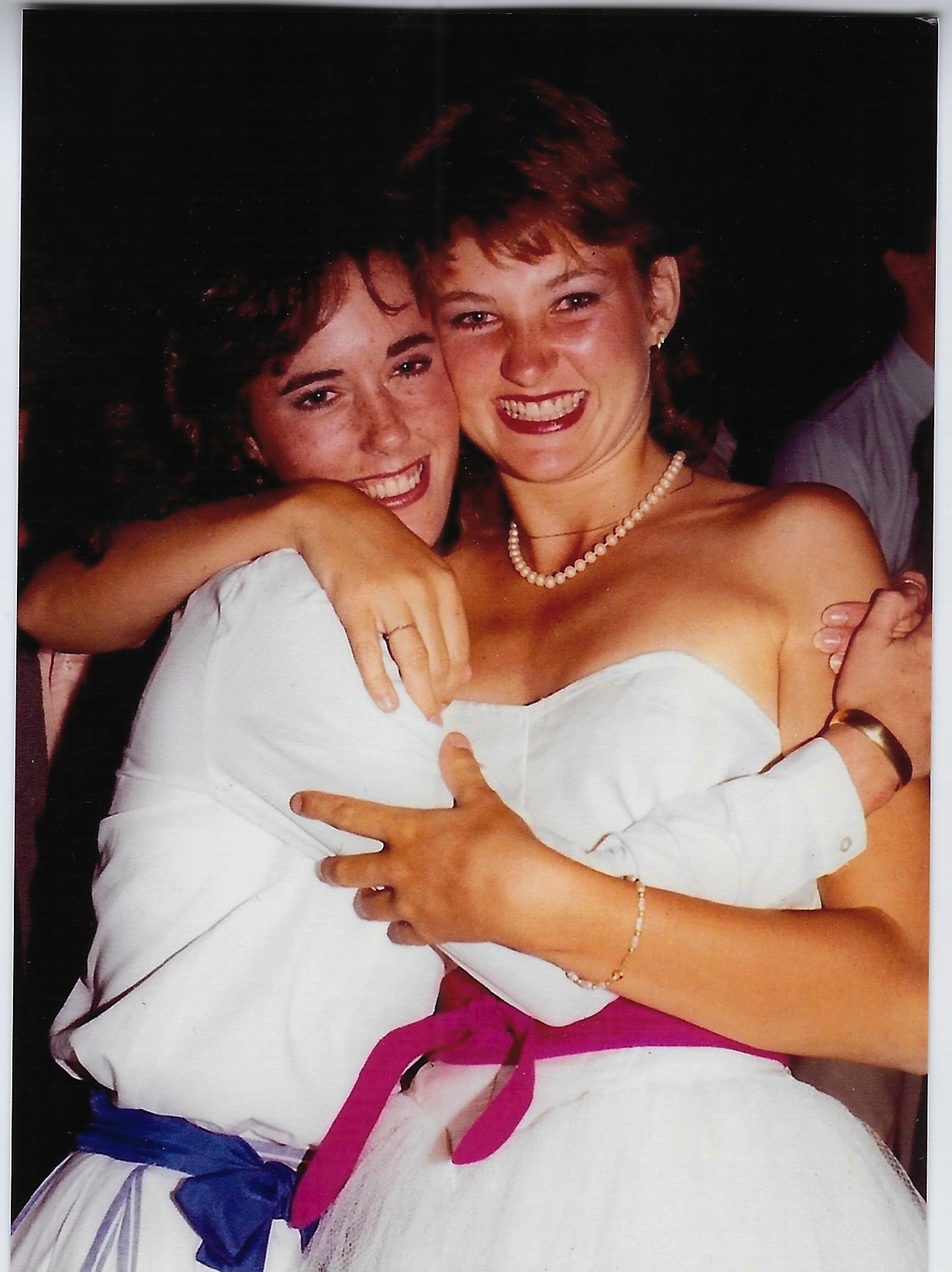
Elyce Arons and Kate Spade met on their first day of college together in 1981.
MC: You write about getting your start in journalism at Mademoiselle before switching to marketing in the book. Is that still a route you would recommend?
EA: I still think it’s such a good thing to study in college, just because you learn so much of the whole process of writing there. However, the path to get to where you want to be is probably very different these days. Influencers didn’t exist back then. It was editors. And so [influencers] have filled that role much of the time now.
MC: You had an entire career in marketing and PR before you went full-time at Kate Spade. Did you ever have moments of panic when switching from your day job to launching a brand?
EA: I was 30. I didn’t have anything to lose besides my savings. I didn’t own an apartment, I didn’t have children, I didn’t have a husband, I didn’t even have a dog or a cat at that point. It was like, What do I have to lose? And that’s how I felt at the time.
When I started Kate Spade full-time, I just knew it was gonna be a success. Maybe it was wishful thinking that got us to where we got, but I’m a really positive thinker and I just knew it was gonna happen.
Nobody else was doing what we were doing. It was unique, it was special, it was such a great value proposition. And it was exactly what young women needed at the time.
MC: What moment do you think of as the company’s “big break?”
EA: The first one was when Barneys and Charivari placed those orders at the very first show. We were thrilled. We went home and toasted. As exhausted as we were, we were like, ‘Oh my god, the two stores we want the most placed orders today.’
[The second moment] was when Vogue came in to shoot us. We would’ve called ourselves punks at that time. Just being considered to be in Vogue, in the magazine we had read our whole lives, was amazing.
The third one was when Katy won the CFDA award. That was huge.
MC: As three female powerhouses in the world of business, did you, Kate, and Pamela ever experience sexism?
EA: We grew up in a generation that was very used to women being treated differently. And so you kind of learned to weave around it.
Sitting in that boardroom, I respected all the people in there. All the men—they were all men—I respected all of them, and I hope they felt the same way about us. None of them had ever started a business, so that was always in the back of my mind. Like, You guys are business folks, but you haven’t ever created one. You haven’t made it, like this.
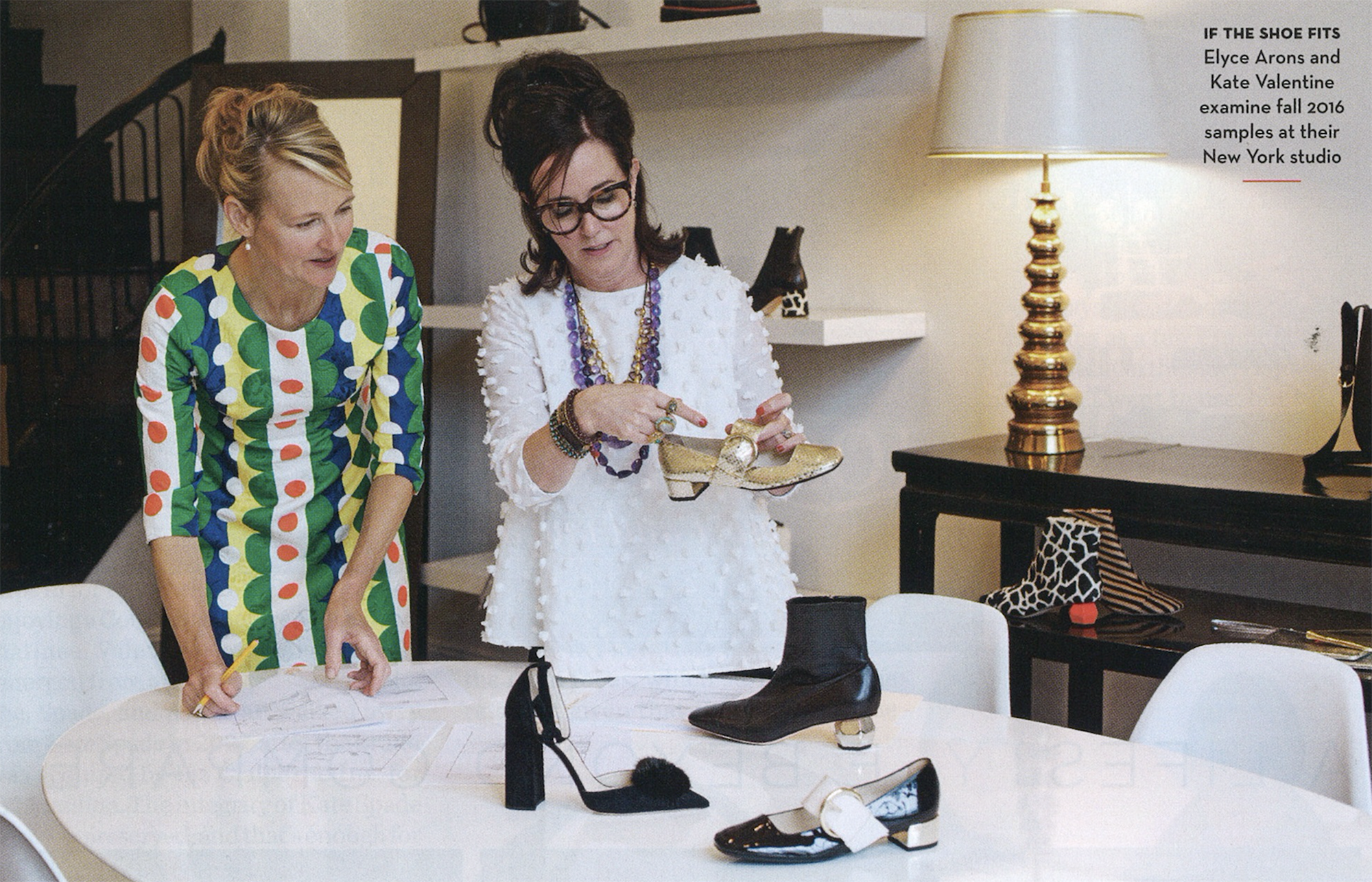
A 2006 magazine feature of Arons and Spade.
MC: You write about the rocky times you and Kate went through because of things related to the business. Would you still recommend starting a business with your best friend?
EA: I have never recommended it to anybody, but for myself and for Katy, it worked out great. I think it depends on the people involved. We were so close, I don’t think there was anything that was going to change our relationship. One of us may have left the business before we let that happen. Our fights were never long-lived. If we had one, it was something ridiculous. Somebody [would] throw down a file and march out of the room, and 10 minutes later, you feel guilty and immature, so we’d walk back in."
MC: Your memoir also touches on the fact that you and Kate reinvented yourselves after selling your business. What was the hardest part about that?
EA: I didn’t realize how much I depended on my workplace for my social life, and just being around people every day. Because, even though I loved spending time with my kids, they were at school all day. So here I was at home, with nothing to do, and I got kind of blue about it. I got busy, I took cooking classes, I took tennis lessons, and then I volunteered at the school. I would say get busy doing something, even if it’s out of your comfort zone. Trying something new is always a really good idea.
MC: Do you have a Kate Spade archive piece you treasure most?
EA: We did one group for magazine editors. It was a navy wolf felt bag, and it had a light blue number on the outside of it. We made 100 bags, from one to 100, and I have number 15. Each editor had a different number. They were random, like Anna Wintour didn’t get number one.
MC: What do you hope people take away about Kate most from this book?
EA: That she lived. She had a very interesting life full of happiness and joy, and gave so much joy to others. I want people to experience how she lived and how funny she was. She was a very private person and very shy. I’m hoping this gives them a view into who she really was because she was an amazing person.
The interview has been edited and condensed for clarity.
Nicole Briese is a Florida-based editor, writer and content creator who has been writing about all things culture-related since the O.G. Gossip Girl was still on the air. (Read: A lifetime ago.) She is a regular contributor to Marie Claire, covering books, films, and TV shows. In her spare time, when she's not obsessing over her cat, she's devouring all things fashion, beauty, and shopping-related. Check out her blog at Nicolebjean.com.
